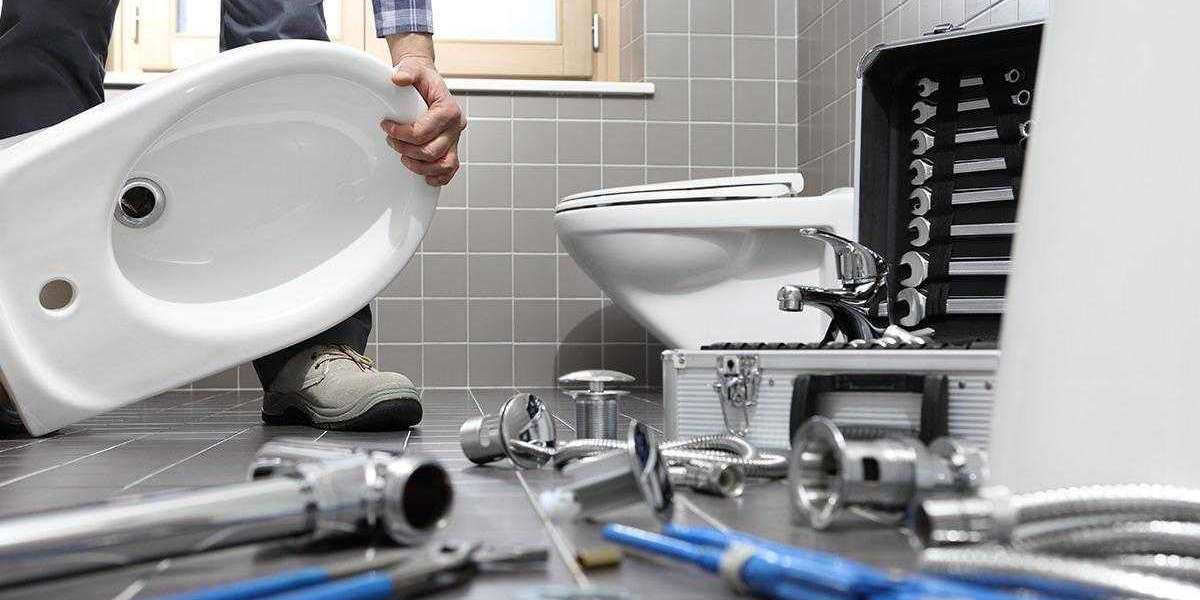United States Massage Equipment Market
In the United States massage equipment market, demand has grown as Americans increasingly prioritize health and relaxation. Massage equipment such as massage guns, chairs, and rollers are popular among consumers seeking stress relief and therapeutic benefits.
The US market is largely driven by technological advancements in massage equipment and a preference for high-end, multifunctional products. Sports and fitness enthusiasts have also contributed to demand, particularly for devices aimed at muscle recovery. The convenience of online shopping and the expansion of wellness-focused retail channels have made it easier for consumers to access a variety of massage equipment options, further boosting the market’s growth.
The United States Massage Equipment market has experienced notable growth in recent years, driven by rising consumer interest in health and wellness, growing disposable incomes, and increased awareness of the benefits of massage therapy. With an increasing number of individuals seeking effective ways to relieve stress, enhance relaxation, and manage chronic pain, the demand for a variety of United States Massage Equipment has expanded significantly.
From traditional massage chairs to portable handheld devices and sophisticated massage beds, the range of options in the market caters to different preferences, needs, and budgets.
Massage Equipment market industry is projected to grow from USD 8.3 Billion in 2023 to USD 18.8 Billion by 2032, exhibiting a compound annual growth rate (CAGR) of 10.80% during the forecast period (2024 - 2032). Massage Equipment Market Size was valued at USD 7.5 Billion in 2022.
Market Overview and Demand Drivers
The United States Massage Equipment market encompasses a diverse range of products, including massage chairs, foot massagers, handheld massagers, neck and shoulder massagers, and specialized massage beds. Each type of equipment has its unique appeal and is designed to target specific areas of the body, making them suitable for various applications. The rising awareness of the health benefits associated with regular massage therapy is a primary factor propelling market growth. Massages are not only known to promote relaxation and reduce stress, but they also play a key role in improving blood circulation, alleviating muscle pain, enhancing flexibility, and even boosting immunity. This holistic health approach has appealed to health-conscious consumers, leading to increased adoption of United States Massage Equipment at both personal and professional levels.
One significant driver for market expansion is the growing aging population, particularly in regions such as North America, Europe, and parts of Asia, where populations over 65 are steadily increasing. This demographic is particularly susceptible to musculoskeletal conditions, arthritis, and other chronic ailments, making massage therapy equipment appealing for pain management and improved mobility. Additionally, the heightened focus on self-care among younger generations, including Millennials and Gen Z, has further fueled the market. This group is more inclined to invest in wellness products, including massage devices, as a preventive measure against health issues and to maintain an active, balanced lifestyle.
Technological Innovations in United States Massage Equipment
Technological advancements have played a pivotal role in the evolution of United States Massage Equipment, enhancing functionality and user experience. Many modern massage chairs, for instance, are equipped with smart features such as AI-powered body scanning, heat therapy, zero-gravity positioning, and Bluetooth connectivity, allowing users to tailor their massage experience to their needs. AI and machine learning enable massage devices to adapt to individual body contours and provide targeted relief, which has improved the efficacy of these devices. Moreover, the incorporation of heat therapy and zero-gravity features in massage chairs allows for deeper muscle relaxation and enhanced blood flow, increasing the therapeutic benefits.
Portable and compact massage devices, such as handheld massagers, have also seen substantial innovation. Many of these devices now come with variable speed settings, interchangeable heads, and are powered by rechargeable batteries, making them convenient for on-the-go use. This innovation has led to increased popularity among athletes, fitness enthusiasts, and individuals who require quick relief from muscle tension after physical exertion. Additionally, the trend of smart home products has led to the introduction of app-controlled massage devices, enabling users to set their preferences remotely and integrate massage sessions into their daily routine effortlessly.
Key Market Segments
The United States Massage Equipment market is segmented based on product type, end-user, distribution channel, and region. Among product types, massage chairs hold a significant share due to their widespread use in commercial establishments like spas, wellness centers, and therapeutic clinics, as well as in residential settings. These chairs are popular due to their comprehensive functionalities, offering full-body massages that can be customized to specific needs. Foot massagers and handheld massagers are also witnessing a surge in demand, largely due to their portability and affordability, making them ideal for personal use. Neck and shoulder massagers are gaining traction, particularly among office workers who experience muscle stiffness from prolonged desk work.
In terms of end-users, the market is divided into residential and commercial sectors. The commercial segment, which includes spas, salons, wellness centers, and hospitals, holds a major share due to the demand for high-quality, durable equipment in these settings. The residential segment, however, is experiencing rapid growth as consumers increasingly look to recreate a spa-like experience at home, driven by the convenience and long-term cost savings of investing in home United States Massage Equipment.
Distribution channels play a significant role in shaping market trends, with online sales channels gaining prominence due to the growing trend of e-commerce. Online platforms offer customers a convenient way to compare products, read reviews, and make informed purchasing decisions. However, physical retail stores, particularly specialty stores and brand outlets, remain essential for customers who prefer to test products before purchasing.
Regional Market Insights
The Massage Equipment market exhibits varying trends across different regions. North America is a leading market due to high disposable incomes, awareness of health and wellness benefits, and the established presence of major industry players. The U.S., in particular, dominates this market, with a strong preference for premium massage chairs and advanced massage technology. Additionally, the high prevalence of chronic pain, particularly among older adults, has increased the demand for United States Massage Equipment as an alternative to medication for pain management.
Europe also represents a significant market, driven by the region's health-conscious population and a robust healthcare system that sometimes incorporates massage therapy into rehabilitation programs. Germany, the UK, and France are notable contributors to market growth in this region, supported by the presence of reputable brands and a growing wellness industry.
The Asia-Pacific region is expected to experience the highest growth rate in the coming years due to rising disposable incomes, urbanization, and increasing awareness of health benefits. Countries such as China, Japan, and South Korea are at the forefront of this growth, with China being a key market due to its large population and expanding middle class. Japan and South Korea are notable for their advanced manufacturing capabilities, which support the production of innovative United States Massage Equipment, further driving regional growth.
Challenges and Opportunities
While the United States Massage Equipment market presents significant growth opportunities, it is not without challenges. One of the primary challenges is the high cost associated with premium massage chairs and advanced equipment, which can deter budget-conscious consumers. Additionally, the market faces competition from alternative wellness and relaxation products, such as essential oil diffusers, aromatherapy devices, and yoga accessories, which offer relaxation benefits at a lower cost.
Despite these challenges, the market holds numerous opportunities for growth, particularly through product innovation and expansion into emerging markets. As awareness of mental health and the importance of relaxation grows globally, companies in the United States Massage Equipment market have opportunities to target niche consumer bases, including people dealing with high-stress professions and those interested in self-care. Companies are also looking into sustainability trends by using eco-friendly materials and energy-efficient technologies in their products, appealing to environmentally conscious consumers.
Future Outlook
Looking ahead, the United States Massage Equipment market is anticipated to continue its upward trajectory, fueled by technological advancements, increased consumer awareness, and the growing popularity of home wellness. As the global population ages and more people prioritize health and wellness, the demand for United States Massage Equipment will likely remain robust. Innovations such as AI-driven customization, enhanced portability, and integration with health monitoring apps are expected to set new benchmarks in the market, making United States Massage Equipment more accessible and effective than ever before.
Related Reports:
Building Automation Control Systems Market








